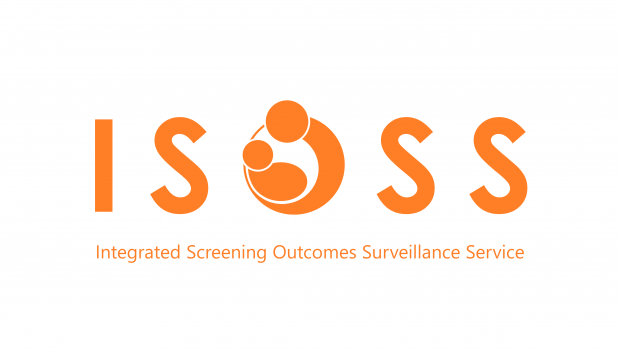
The hepatitis B quality improvement project has launched after nearly 3 years of planning and preparation. Our previous blog article described the improvements already made to the hepatitis B care pathway and the great new supporting resources for health professionals.
Here we take a closer look at:
- how the changes will lead to a greater understanding of the virus and improved clinical outcomes
- why we still see babies with hepatitis B despite a successful vaccination programme
In summary
The PHE infectious diseases in pregnancy screening (IDPS) team and the Public Health England (PHE) virus reference department (VRD) have worked together to improve surveillance of the virus.
In addition to this, the Integrated Screening Outcomes Surveillance Service (ISOSS) will soon be adding hepatitis B to the conditions it monitors for women. Data analysed through ISOSS allows PHE to assess the impact of the IDPS programme.
These improvements to surveillance and analysis will give us:
- better knowledge about the virus and how babies get it
- improved monitoring of the care given to pregnant women and their babies
Understanding the virus
Up to now it has not been possible to know if babies with hepatitis B were exposed before they were born, during delivery or whether the vaccine was not effective (vaccine failure).
From 1 April 2021 the pathway requests blood samples from all women who screen positive for hepatitis B using surveillance kits sent to all trusts from PHE Colindale.
PHE Colindale will request further samples from women who have higher levels of the virus at the time of delivery. These kits will have been supplied at the same time as the hepatitis B immunoglobulin.
Together with the baby’s final blood test at 12 to 13 months, the results from these samples will:
- give scientists a much clearer picture of how the virus behaves
- help us evaluate the impact of the immunisation programme on numbers of babies getting hepatitis B
Combining this with more effective monitoring of care in pregnancy will mean that lessons can be learnt to inform the treatment and management of hepatitis B in pregnancy in the future and reduce the possibility of transmission of the virus from mother to baby.
ISOSS

As we’ve mentioned, the ISOSS team will now be collecting data on all women screening positive for hepatitis B. Currently, the ‘green card’ used by providers to initially report screen positive women to ISOSS is released to respondents at the end of each quarter (July, October, January and April).
For hepatitis B, the first time you will be asked to report information is in early July 2021 for the women who have screened positive in April, May and June 2021.
It may be useful to familiarise yourself with the new antenatal notification form and the delivery outcome form which will be used for hepatitis B data reporting. You can find them on the University College London (UCL) website.
ISOSS aims to follow up all infants born to women who screen positive for hepatitis B in pregnancy. This means following infants up to the 12 to 13-month blood test.
A full case review will be carried out for those found to have vertically acquired hepatitis B. In addition, an anonymised summary will be taken to an expert review panel to see if any lessons can be learned.
In summary
As we explained, the aim throughout this project has been to significantly improve the care and services for pregnant women living with hepatitis B and their babies. It's taken a lot of work to get to where we are, and we could not have done it without service buy-in and participation in our training sessions. Thank you for your continued support.
PHE Screening blogs
PHE Screening blogs provide up to date news from all NHS screening programmes. You can register to receive updates direct to your inbox, so there’s no need to keep checking for new blogs. If you have any questions about this blog article, or about population screening in England, please contact the PHE screening helpdesk.